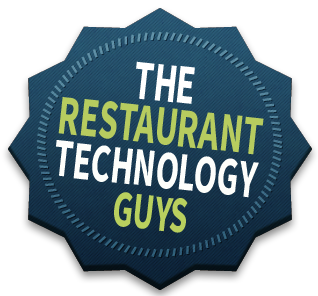Today, we are continuing our theme of talking mobile apps by showcasing some apps and technology that are changing the way restaurants operate and improve customer experience. In case you missed any of our previous articles, you can check them out here:
Rooam – Eliminating the wait to pay
Imagine: you are at a busy bar, standing behind other customers for 15 minutes trying to hail a bartender just to close a check. You get frustrated, you want to leave and you do not want to leave your card or get charged the 15% surcharge……and then your Uber/Lyft/Cab arrives. Sound familiar?
That scenario inspired the creation of Rooam, which allows customers to close and pay a bar tab all from a mobile device.
“We integrate with the existing [pos] systems and from there we send an API signal through our back end to their specific system to open a tab. And the tab is opened just like a normal tab that would be created in person at a location,” says Rooam co-founder and CEO Junaid Shams. “The main benefit comes from how Rooam removes the paper process. From a consumer side, it’s very efficient, but more importantly it’s efficient from the bar side. From the moment a customer asks to close their tab you have to turn around, find their name and credit card, find their name in the POS system, close the receipt, print the receipt, put it in that small holder, and give it away. That’s a several-minute process that we’re completely eliminating, and those are the several minutes per customer that they now could be serving other customers.”
Originally geared towards bars, Rooam, has gained a major following in large restaurant groups. Erik Bergman, director of operations for Neighborhood Restaurant Group, says Rooam’s remote checkout feature and amplified marketing have brought more guests through the door and resulted in a greater return on investment.
Across its user base, Shams says, clients say the biggest benefit is an increase in sales and revenue. “The biggest game changer for us has also been an increase in sales,” Shams says. “[Restaurants] have also seen an increase in tips. … We default at 20 percent. I think there’s so much we can do with the data we’re getting.”
Waitlist Me – Managing tables and expectations
For restaurant waitlist app Waitlist Me, adding a table management aspect was about simplicity.
“When we look at how people used floor plans, they had to look all over to find the information needed. It was organized by space, not necessarily how long someone has been at the table or what table you want to choose,” says Waitlist Me CEO Brian Hutchins. “We think people are getting by with this because the problems with floor plans are not immediately apparent. Maybe things aren’t going as smoothly, or one waitress gets less customers than the other, or they get busier at certain times, so it’s not immediately linkable that all these bad decisions on the floor plan are translating to lower sales.”
The app organizes table sections as lines that can be read from left to right and top to bottom. It also lists how long the tables have been occupied. Open tables for each section stand out in green, and tables that have been occupied the longest show next in the row.
Waitlist Me has also provided benefits to owners and managers through its main waitlist management component, which notifies customers through text messages that their table is available and provides wait estimates.
“We went from using handheld pagers to the Waitlist Me app over a year ago. The pagers were antiquated and costly to replace or repair, so this option made financial sense, in addition to being more operationally efficient with better table management and faster seating,” says Tim Yoder, director of technology at South Bend, Indiana–based Hacienda Mexican Restaurants. “I think by using this technology, the guest has the perception that this technology will result in a quicker seat time for them because they perceive the human element is removed from the equation.”
Northstar POS – The revolution in POS
Evolving with restaurant’s needs to be versatile and technologically agile, Northstar POS, has answered the call and taken the industry by storm.
Northstar POS can take in orders from multiple channels: tableside, tablets, kiosks, web and orders that come in from mobile, which is key in today’s environment. Users love that it was built for restaurants, with their needs in mind and not some recycled retail POS system.
“The NorthStar team is incredibly attentive to my business’s needs. As we’ve grown and added additional units, our needs have evolved and the team at NorthStar has been there every step of the way,” says Kristofer Pola, Co-Owner and Executive Chef of Blue Ribbon Restaurants.
The system scales with your business and has added security to keep yours and your customer’s information safe. Owners have incredible control over customization and changes with a few clicks from any web-enabled device. The responsive design makes editing your menus, adding items and checking reports quicker and more efficient. And speaking of reports, you can access actionable data, in real-time, to help make staffing, ordering and seating decisions on the fly. For security, all systems are EMV-compatible and have built-in secure encryption at the swipe of a card. And all data is housed in a cloud-based content management system.
When your customer is safe, your business is safe.
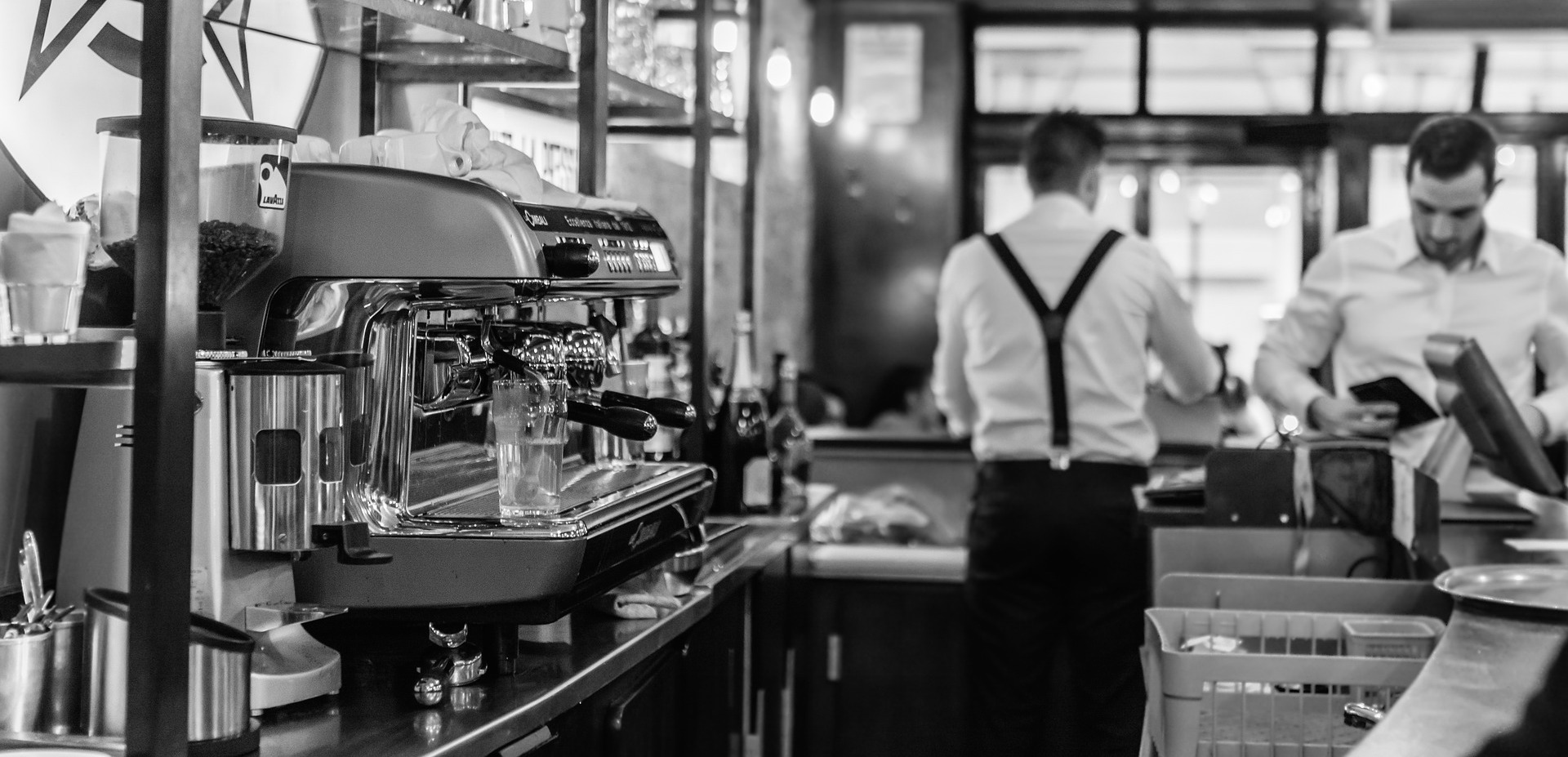 Point of sale (POS) systems keep restaurants running, but they are often the last piece of equipment in the restaurant to get an upgrade. As modern POS evolves and improves, old systems fall further behind, putting restaurants that fail to keep up at a disadvantage.
Point of sale (POS) systems keep restaurants running, but they are often the last piece of equipment in the restaurant to get an upgrade. As modern POS evolves and improves, old systems fall further behind, putting restaurants that fail to keep up at a disadvantage.
As this POS Nation case study says, advances in POS software will always outgrow your existing hardware. Free software updates are useless if the hardware doesn’t have the processing power to run it. In fact, newer software usually takes up more space on older computers, which can lead to even slower loading times and other problems.
A realistic life expectancy for most on-site POS systems is five to seven years. While that may seem short, think about the electronics in your personal life – your smartphone, your computer, your tablet. How many of those are newer than seven years old?
Despite growing frustrations and maintenance costs, restaurateurs have a tendency to hold onto their outdated systems much longer than their smartphones. They cite a variety of reasons: I don’t have time to research a new system, I don’t have room in my budget, I don’t want to have to re-train my staff, etc.
Despite these reservations, more than half of the respondents to Hospitality Technology’s 2016 POS Software Trends survey plan to research, test or install a new POS system in the new year. Should you be one of them?
To decide if the time is right for a new POS, ask the following questions:
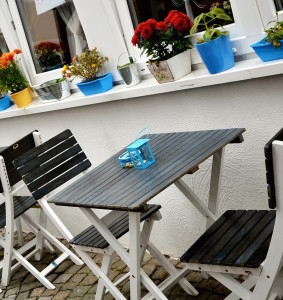 Take some time to think about your POS system’s place in your restaurant.
Take some time to think about your POS system’s place in your restaurant.
Dig deeper into these questions by asking your staff how they feel about the system. What do they like about your POS? What frustrates them when they use it? If staffers have worked at other restaurants, ask them about the difference between their old system and the one you are using now.
Consider your customers’ opinions during this process as well. Although your guests don’t interact directly with your POS system, think about any complaints that you get regularly and how they might be related to your operations. How will a new POS reduce those complaints and improve your customer experience?
Your answers to these questions will give you a baseline of understanding if you decide to start looking for a new POS for your restaurant.
Before you start searching for a new restaurant POS, ask: what do I want from a new system?
Some of your first answers might be painfully obvious, like “not waiting 20 minutes for the system to boot up” or “fewer crashes”. There are no wrong answers to this question, but if you’re going to invest in a new POS, knowing what you want it to do will help you direct your search.
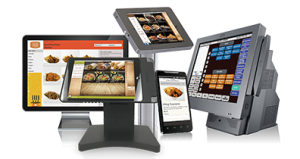 Do you need to increase revenue? Make operations more efficient? Increase customer retention? Are you looking for a POS that will let you spend more time away from the restaurant?
Do you need to increase revenue? Make operations more efficient? Increase customer retention? Are you looking for a POS that will let you spend more time away from the restaurant?
Your list of goals for a new system will also give you a starting point for discussions with POS sales representatives.
By now you should have established what your current POS system’s shortfalls are and what your goals are for a new system. After that comes the fun part – examining how modern POS systems match up with your wish list.
Restaurant management blog Toast provides a template that makes this process even easier. Start with one of your goals – for example, spending less time on site managing your POS system. Then single out the obstacle to your goal, which in this case is an older POS system that only allows access to your data from an on-premise computer.
What is the solution? It’s simple – upgrading to a cloud-based POS will allow you to access and make changes to your POS from any Internet-enabled device, including smartphones and tablets.
Another example: you want to improve customer retention by creating a loyalty program. But your outdated POS lacks the functionality to manage such a program beyond a spreadsheet full of email addresses.
What is the solution? Newer POS systems, especially Software as a Service (SaaS), can integrate easily with other cloud-based applications, including third-party managed customer loyalty applications.
 Restaurant operators know that controlling labor spending is vital to maintaining profitability. High turnover rates, government regulations and growing labor costs make it more important than ever to effectively manage these outlays.
Restaurant operators know that controlling labor spending is vital to maintaining profitability. High turnover rates, government regulations and growing labor costs make it more important than ever to effectively manage these outlays.
Improving the usage and efficiency of your restaurant’s labor force is a lot easier with the right system for labor management. If you are ready to upgrade your labor management system, the Restaurant Technology Guys have a list of five elements to look for while you shop around.
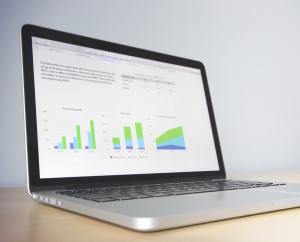 There isn’t much use in upgrading your labor management system if it doesn’t improve upon your previous program. The right system for your restaurant should include features like:
There isn’t much use in upgrading your labor management system if it doesn’t improve upon your previous program. The right system for your restaurant should include features like:
If your current system lacks any of these features – which is only a partial list of the benefits available from newer labor management programs – an upgrade could save you from hours of future headaches while you manage your staff’s hours.
Your new labor management system should do more than an older program – but it should also make it easier to complete tasks as well.
By incorporating sales data and historical information into your scheduling, you’ll be able to anticipate labor needs and schedule more efficiently.
The POSitouch system from CBS Northstar, for example, offers two different methods for scheduling employees based on restaurant data. The first is a budget-based scheduler, which relies on labor cost dollar and percentage targets to identify labor needs. The second, a forecast-based scheduler, uses historical data and staffing guides to develop scheduling targets. Both formats are graphical and use techniques like drag-and-drop to simplify the process.
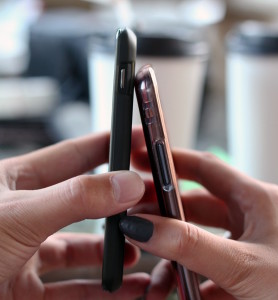 Making a schedule for your staff shouldn’t require hours at an outdated computer in a cramped back office. Among the benefits of cloud-based restaurant management solutions is the ability to access your POS system from any Internet-equipped device, including smartphones, tablets, and laptops.
Making a schedule for your staff shouldn’t require hours at an outdated computer in a cramped back office. Among the benefits of cloud-based restaurant management solutions is the ability to access your POS system from any Internet-equipped device, including smartphones, tablets, and laptops.
Moving your labor management system to the cloud will also make it easier for employees to trade shifts – they can see the schedule from their own devices and communicate with co-workers to adjust their schedules.
The tracking data available in your updated labor management program can also help you prevent hours overages among your team. Real-time monitoring of employee hours will allow you to make sure that workers are not surpassing 30 hours a week, which would qualify them as full-time staff who are eligible for health care benefits.
Labor tracking information also helps reduce overtime. You can set up notifications that will alert you to workers who are close to exceeding their hours limit, which helps managers cut hours during slower periods earlier in the week.
 Cloud-based operations programs, including Software as a Service (SaaS) systems, are designed to protect your information with high-level encryption. Unlike on-site computers in a traditional POS system, which save complete payment and customer data and can be breached by hackers, cloud-based systems don’t require credit card data storage.
Cloud-based operations programs, including Software as a Service (SaaS) systems, are designed to protect your information with high-level encryption. Unlike on-site computers in a traditional POS system, which save complete payment and customer data and can be breached by hackers, cloud-based systems don’t require credit card data storage.
And speaking of storage: on-premise computers are eventually limited by a finite amount of storage space. Restaurant managers will eventually have to offload data to a backup hard drive to keep operations running at full capacity.
In contrast, SaaS systems that operate “in the cloud” have access to unlimited storage capacity. Also, moving your data to the cloud will protect you in the event of an accident or emergency that damages your on-site hardware.
 The integration of technology into our daily lives has never been greater, and “consumerized” technology is constantly adapting to improve our user experience. In the restaurant industry, this technology is creating a more efficient workplace and more intricate connections to our customers.
The integration of technology into our daily lives has never been greater, and “consumerized” technology is constantly adapting to improve our user experience. In the restaurant industry, this technology is creating a more efficient workplace and more intricate connections to our customers.
Consumerized technology is reaching into the restaurant business in a variety of ways, including:
These 5 reasons restaurants need consumerized technology explain how your restaurant’s operations can be more efficient, your customer engagement will improve, and your sales will increase with these systems.
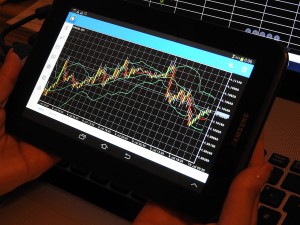 Cloud-based POS systems can make restaurant operations more efficient in lots of different ways. Inventory levels, staff scheduling, temperature control in storage spaces – all can be managed quickly and directly through your internet-enabled digital device. As Restaurant News notes, these programs can help restaurant managers make better use of their time by removing your need to constantly monitor and regulate a multitude of moving parts.
Cloud-based POS systems can make restaurant operations more efficient in lots of different ways. Inventory levels, staff scheduling, temperature control in storage spaces – all can be managed quickly and directly through your internet-enabled digital device. As Restaurant News notes, these programs can help restaurant managers make better use of their time by removing your need to constantly monitor and regulate a multitude of moving parts.
Adapting your restaurant to consumerized technology makes it easier to get important information to both staff and customers.
Adjusting staff schedules and communicating with employees is much more convenient when smartphones are involved. You can set up and customize email and text message lists to reach your team quickly – especially if your BYOD policy keeps them on their phones at work.
The improved communication methods above can also be used to engage and market to your customers. Patrons who sign up for your email list, download your mobile app, or follow your social media pages can receive notifications about discounts, customer loyalty rewards and more. This will allow you to build customer engagement and loyalty that pays off in increased business.
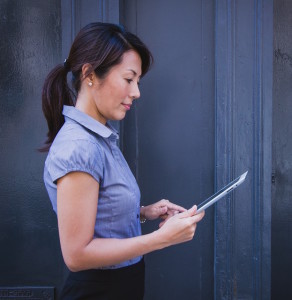 4) Personalization
4) PersonalizationThe data collected by these engagement channels make it possible to learn about your customers preferences and tailor offers directly to them. For example, saving a customer’s order history when she registers through your website will allow you to offer the same order again with one simple click.
Your customer rewards program and social media interaction can be similarly personalized. Automated systems can send happy birthday greetings with a coupon or discount offer; reminders for holiday sales; referral-based programs and more.
RTG blog readers know that restaurateurs and managers no longer need to be chained to a computer at a lonely back office desk to make operations decisions. SaaS restaurant solutions allow you to access your POS from any internet-connected device, including smartphones and tablets. These programs are designed to be intuitive and easy to use with a minimum of training. And if your staff is logged on (thanks to your new BYOD policy), the programs should be easy for them to grasp too.
If you offer reservations through third-party services like OpenTable or Yelp SeatMe, tablet menus for ordering at the table or payment via mobile app, your guests will also enjoy the convenience – and the initial novelty – of using tech during their visit to your restaurant.
Some restaurants and franchises make their system even easier for customers by developing their own mobile application. White Castle IT executive Don Long told QSR Web that his company developed its own app with some coding help from its POS provider.
White Castle found that it was easier to set up products, pricing, coupons, and other components through their own proprietary system. “We have everything integrated,” Long said. “It’s important that we have the ability to interface the information in our systems and get it right.” Getting these systems right in your own business is likely to increase customer retention and improve your restaurant for a long time to come.
Have you introduced consumerized technology at your restaurant? Tell us about it in the comments below.
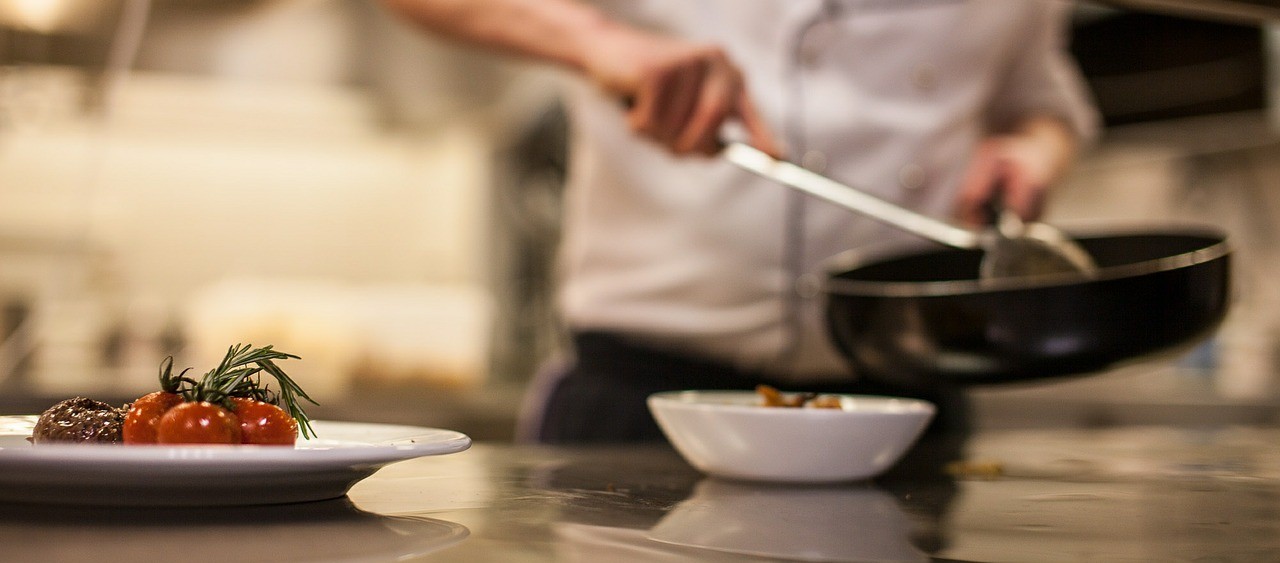 Software as a Service (SaaS) programs are downloaded like any other mobile or tablet application over the internet and licensed to restaurants on a subscription basis. Unlike on-premise software, which is traditionally installed and maintained on an on-site computer, SaaS point of sale systems (POS) are leased to customers.
Software as a Service (SaaS) programs are downloaded like any other mobile or tablet application over the internet and licensed to restaurants on a subscription basis. Unlike on-premise software, which is traditionally installed and maintained on an on-site computer, SaaS point of sale systems (POS) are leased to customers.
According to Forbes, SaaS technology will replace infrastructure- and platform-based services as the dominant computing solution for businesses by 2018. But in spite of this growth, SaaS still feels new to many restaurant and business owners. As cloud-based systems like SaaS become more common, restaurateurs are finding out that these solutions provide more benefits than their outdated POS predecessors.
Traditional POS requires restaurants to invest in computer hardware and software that can cost tens of thousands of dollars. And the process doesn’t end there – an IT professional will have to set up the hardware, as well as the server to run it, before installing the software and training your team to use it. Maintaining and upgrading the system with new features will also incur additional costs.
In contrast, SaaS users pay a monthly or annual subscription fee to use the program of their choice, which is typically designed for consumer-grade Android or iPad tablets. Purchasing tablets for your restaurant can be a significant investment, but it is far more cost-effective in comparison to traditional POS. Startup costs for a cloud POS system only consist of the tablet hardware (roughly $1,000 – $3,000) and initial subscription fee ($50-$150 per month), notably less than the tens of thousands necessary for on-premise POS.
Most restaurant owners are familiar with the high costs and frustrations of upgrading and maintaining a traditional POS system. Vendors often give discounts on the initial costs to secure a long-term commitment that will pay off in future charges.
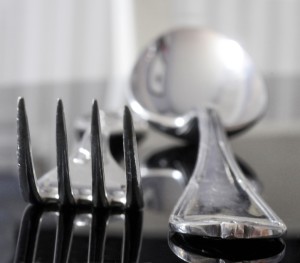 Restaurant owners with an SaaS subscription don’t have this problem. If they become unhappy with their POS, they can cancel their subscription at any time without losing their investment. The threat of cancelation, combined with the competitive market among SaaS providers, leads to better customer service, as the vendor has to continue to earn their customers’ business. To that end, SaaS providers are constantly troubleshooting, releasing updates that improve their POS, and providing active customers.
Restaurant owners with an SaaS subscription don’t have this problem. If they become unhappy with their POS, they can cancel their subscription at any time without losing their investment. The threat of cancelation, combined with the competitive market among SaaS providers, leads to better customer service, as the vendor has to continue to earn their customers’ business. To that end, SaaS providers are constantly troubleshooting, releasing updates that improve their POS, and providing active customers.
Installing an SaaS POS is much easier than setting up a traditional system. Most providers will come to your location to make sure that the system gets up and running properly and that you know how to use it, but the software will not need to be installed by an IT person.
The complexity of your restaurant’s setup will vary depending on the type of system and functionality you need. There will be some wiring and general networking necessary to connect your terminals, printers, and additional equipment, but once the network is configured correctly, you will be able to download the software to all of the restaurant’s connected devices from the internet.
Instead of physically sitting at the computer in the restaurant to see your data, cloud POS systems allow restaurateurs to access all of their POS system information remotely. Users are not trapped at an on-site computer because SaaS POS software is accessible online.
Through SaaS, users can log in to their accounts from anywhere, through any device with internet access, and connect with their data in real time. This flexibility is not available through traditional POS and is a huge help to owners and operators who are constantly on the go.
 Traditional POS requires an expensive IT professional to maintain and troubleshoot systems on site. In addition to the cost, restaurants with outdated POS systems might not be able to function until the IT person arrives to fix a particular problem. This hampering of restaurant operations can be terrible for a guest’s experience.
Traditional POS requires an expensive IT professional to maintain and troubleshoot systems on site. In addition to the cost, restaurants with outdated POS systems might not be able to function until the IT person arrives to fix a particular problem. This hampering of restaurant operations can be terrible for a guest’s experience.
SaaS technical support has the same remote access that users have, which removes the need for on-premise fixes and allows for more timely assistance. Depending on their needs, restaurant managers or employees can call a support line and walk their technician through the problem over the phone as they fix it.
The “service” aspect of SaaS – in contrast to the “product” model of traditional POS – means that cloud-based vendors are constantly troubleshooting and updating their software to fix problems and improve functionality.
SaaS system updates can be added to all internet-connected tablets and terminals without waiting for an IT professional to install upgrades in person. These updates – which are typically included in the monthly subscriptions for the POS – allow restaurateurs to improve their software without interrupting their capacity to serve guests.
On-premise computers store all of the data in traditional POS system, which can include complete and unencrypted credit card and customer data that is vulnerable to hackers. Also, on site servers are limited by their storage capacity, so customer information will eventually be removed from the hard drive to create more space.
Since SaaS systems rely on cloud-based servers, they offer an unlimited amount of storage space. Also, most cloud-based POS systems have high-level encryption processes that do not require credit card data to be saved in the system. Finally, restaurants using SaaS will not lose information when their system crashes since no data is stored on an on-premise computer.
Cloud-based POS, unlike on-premise systems, are designed to be responsive to changing circumstances. Adjusting your table layout or adding new menu items takes moments, not hours, and changes sync to all connected devices instantly.
When a traditional POS crashes, repairs can be delayed for days while you wait for an IT professional to show up. If a tablet breaks or new devices need to be added to a cloud-based system, you can download an SaaS application in seconds and start using it right away.
Many restaurateurs are struggling with the transition away from traditional POS, in spite of the benefits and savings offered by SaaS systems. But as these modern applications continue to become more common throughout the industry, operators will continue to realize that switching is a smarter and more efficient alternative to many of the frustrations they have lived through with their traditional restaurant operating systems.
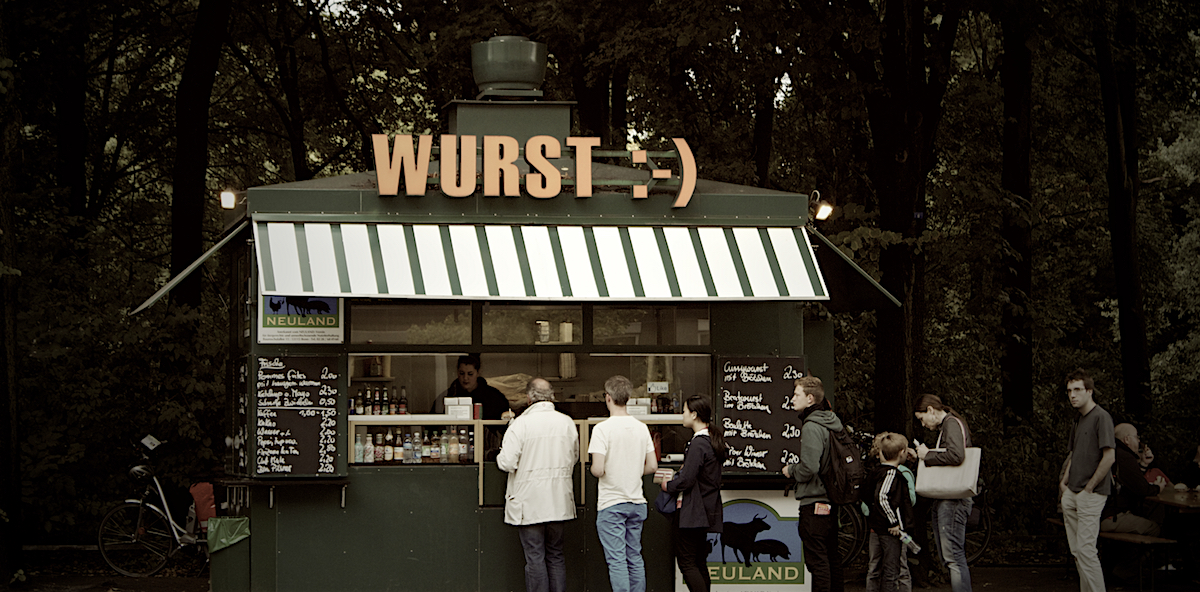 The role of Information Technology continues to expand in the restaurant industry. The ability to increase productivity, monitor and analyze data, and effectively manage operations has grown in tandem with the programs that are used to operate restaurants.
The role of Information Technology continues to expand in the restaurant industry. The ability to increase productivity, monitor and analyze data, and effectively manage operations has grown in tandem with the programs that are used to operate restaurants.
As the general public’s use for technology has spread, technology has adapted to the public’s tastes, designing and developing applications that are meant to be intuitive and easy to use. This “consumerized” technology has many notable benefits, which can make it easy to ignore their flaws.
Gartner’s IT Glossary defines the consumerization of technology like this:
“Consumerization is the specific impact that consumer-originated technologies can have on enterprises. It reflects how enterprises will be affected by, and can take advantage of, new technologies and models that originate and develop in the consumer space, rather than in the enterprise IT sector. Consumerization is not a strategy or something to be ‘adopted.’ Consumerization can be embraced and it must be dealt with, but it cannot be stopped.”
“Consumer-oriented technologies” refers to the surge of personal digital devices like smartphones and tablets in everyday life. This technology has expanded consumer power and raised their expectations for response, convenience, consistency, and customization.
In the restaurant, consumerization has contributed to the growth of Bring Your Own Device (BYOD) policies, which allow servers and staff to use their personal smartphones or tablets for on-the-job tasks like order entry. Restaurateurs should be aware of the drawbacks of these policies, and consumerized technology in general, before embracing it in their businesses.
Consumerization is one trait of our increased reliance on technology. For the restaurant industry, technological growth also includes Software as a Service (SaaS) and cloud-based computing for POS systems.
This expansion of technology has made securing data an ongoing challenge. While data breaches at large corporations like Home Depot and Target generate headlines, policies like BYOD are also at the forefront of this security issue. Allowing employees to access your restaurant’s operating systems through their own devices can make your data vulnerable to hackers.
Restaurants or franchises considering a BYOD policy will need to address the inherent security issues created by allowing employees to log on to your systems from their own (potentially unsecured) digital devices.
Expanding your restaurant’s technological capabilities can extend beyond the four walls of your building. Establishing your presence online through a responsive website, ordering app, and social media channels can build your brand and lead to increased sales and traffic.
 Joining the world of social networks – especially crowdsourced review sites like Yelp – can be as harmful as it is helpful. Too many negative reviews from customers, even if they are baseless or outright lies, can hurt your restaurant’s reputation and keep people away as much as good reviews bring them in.
Joining the world of social networks – especially crowdsourced review sites like Yelp – can be as harmful as it is helpful. Too many negative reviews from customers, even if they are baseless or outright lies, can hurt your restaurant’s reputation and keep people away as much as good reviews bring them in.
Forty-three percent of restaurants surveyed by Tundra Specialties, a restaurant equipment and supplies distributor, said that Yelp poses a problem for their business “because it basically gives customers carte blanche to say whatever they want about a restaurant. A lot of the reviews can be very damaging,” Daily Deal Media reports.
The same survey found that 41% of respondents consider Groupon to be most detrimental among restaurant-related apps because the deep discounts that “stingy customers” capitalize on through Groupon offers does not lead to increased business.
Restaurant owners and managers can respond to negative reviews on sites like Yelp through the site’s public comment forum, but responding quickly to an unhappy customer requires constantly monitoring your Yelp page – as well as your other social media sites.
Implementing consumerized technology in your restaurant requires significant upfront costs. A BYOD policy will mean outfitting your restaurant with a wireless network, improving data security and addressing device usage costs. If you would prefer to own all of the devices in your restaurant, the cost of tablets – and any proprietary menu or ordering applications to go with them – will be an issue. And this doesn’t address the cost of a new POS or other hardware upgrades.
Of course, investing in your restaurant’s operations and infrastructure will always have a cost. But you’ll also have to invest in staff and manager training, and the monthly usage and support costs necessary for a cloud-based POS or Software as a Service.
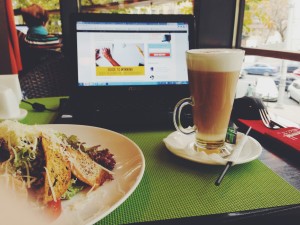 4) Overreliance on Technology
4) Overreliance on TechnologyWhile many restaurants are using consumerized technology to make communication easier and employees more productive, relying too much on these systems can become a liability.
Tech-based problems can range from a data breach, to a glitchy system that constantly requires rebooting, to a “dead” corner of your restaurant that isn’t reached by your wireless network.
You can prepare your restaurant and your team for any potential breakdowns in the system by creating a plan for operating without your digital devices. Writing orders down on a pad of paper and manually swiping credit cards may seem passé for a team used to instant communication via tablets and smartphones, but the ability to keep your restaurant open in spite of technical problems may prove to be invaluable.
This effect of consumerized technology is closely related to the overreliance discussed above. Restaurants that are quick to jump on the emerging technology train – such as those racing to put new tablets at guest tables, in the hands of servers, at the front desk and in the kitchen – need to ensure that their customers are still getting the person-to-person contact that can make a meal memorable.
Ideally, these new tech-based avenues will be used to supplement high-quality customer service, not replace it. Managers and staff need to make a concerted effort to continue providing the attention that guests expect when they visit your restaurant. Your patrons will only appreciate the cutting-edge innovations if they leave satisfied with their overall experience.
